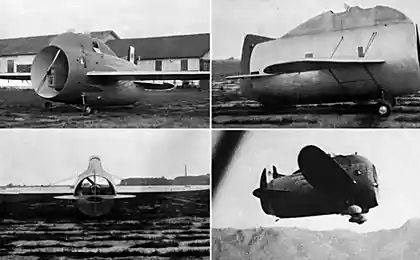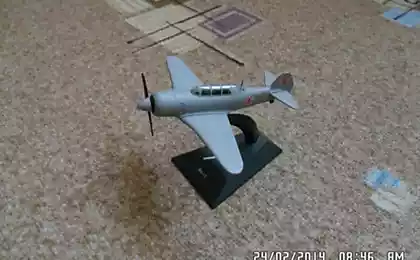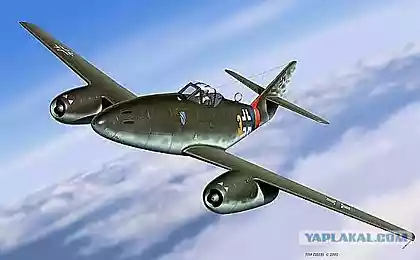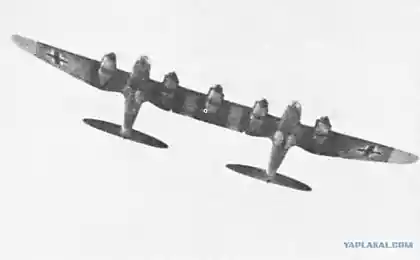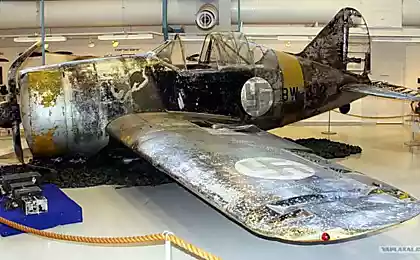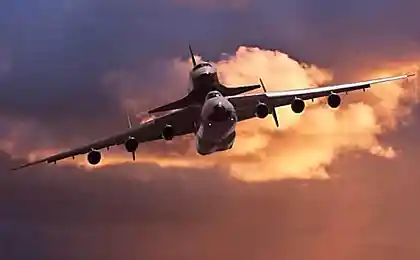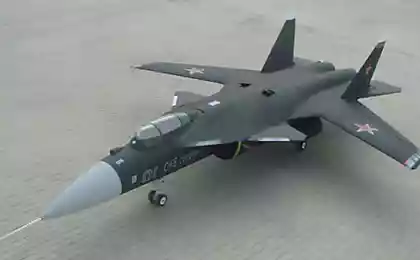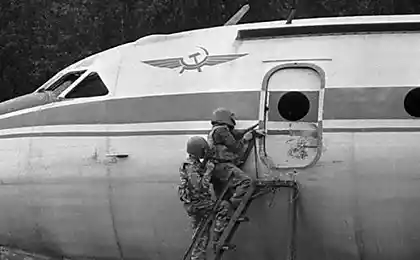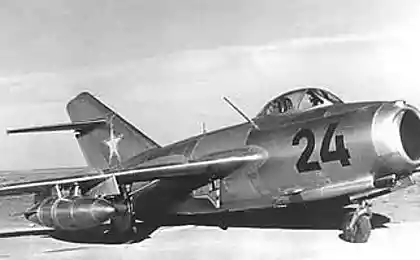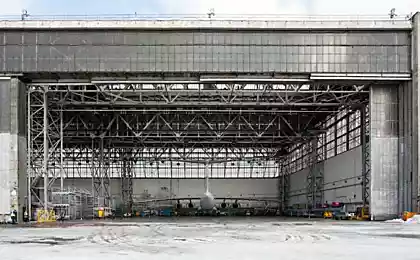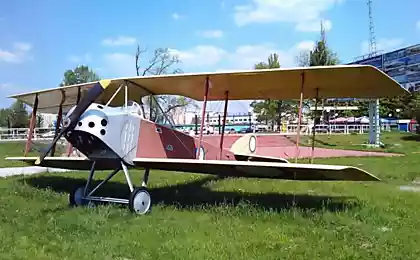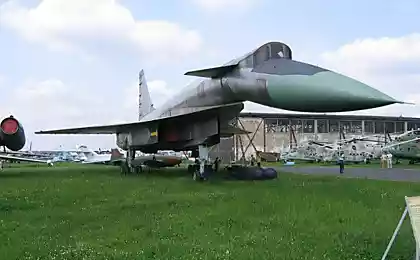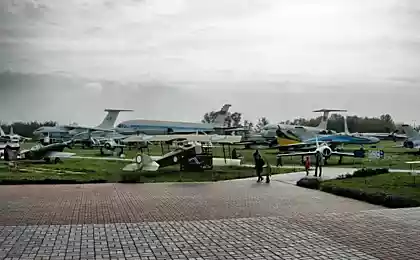521
Unique aircraft (11 photos)
Despite the fact that World War II ended, the results of creative engineers III Reich still meet with interest from people interested in the history of technology.
That there are many explanations, and one of them is that the level of tasks and flights of fancy design (especially promising) German engineers of that time simply did not have analogues. What in other countries was seen only as an interesting project, the Germans managed to not use the practice. This was highlighted in the aviation industry.
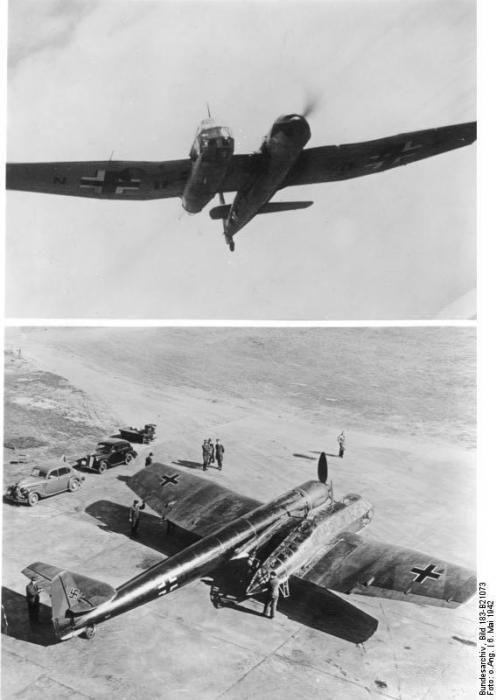
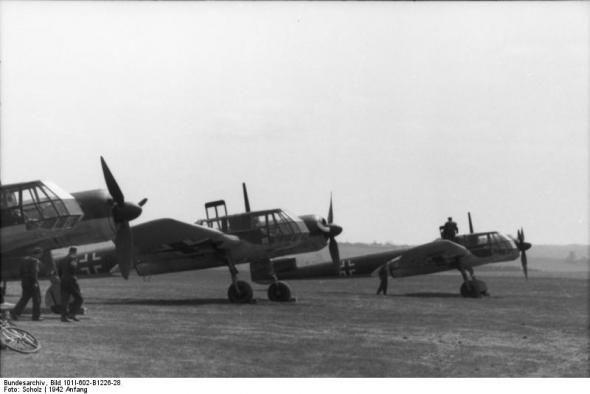
Among the most unusual layouts, ever seen in the history of aviation conscious, perhaps, one of the most original was a short-range reconnaissance / spotter asymmetrical design VV.141 Dr. Richard Vogt
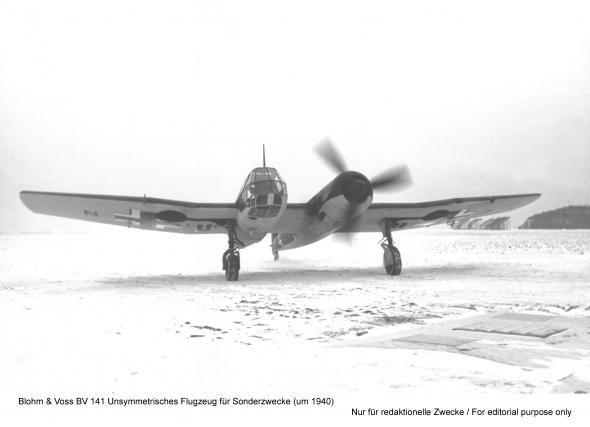
B early 1937 RLM (Reichsluftfahrt Ministerium) issue the companies Arado and Focke-Wulf on the short-range reconnaissance / light bomber / spotter that can perform the task light attack and director dymzaves. In setting determines the crew of three, all-round visibility for the crew and engine power 850-900 hp for takeoff. From the outset, the Technical Department favored Arado, but the result was created Ar.198 bad. Hamburger flyugtsoygbau was not included in the RLM list of participants, but the engineer Richard Vogt, who had some ideas about this, proposed initiative project.
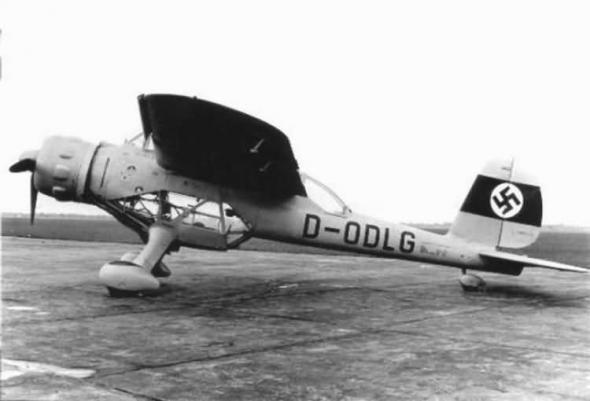
The technical department is not connected with the project, you must install one engine, but for tactical reasons, it was clear that the army plane hardly had to be designed with a large number of motors. Vogt decided that the only way to ensure all-round visibility with a single-engine airplane - apply asymmetrical arrangement in which the crew is placed in a glazed gondola right. He also believed that the asymmetric scheme will get rid of the torque screw - perennial headache for the design of single-engine airplanes.
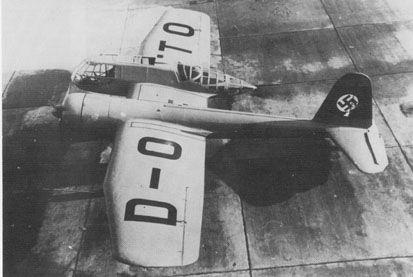
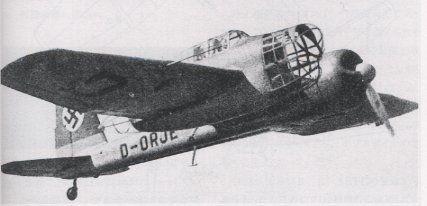

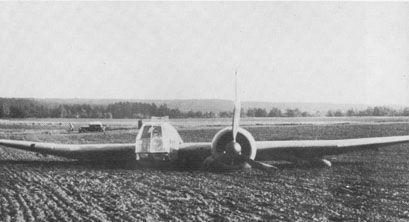
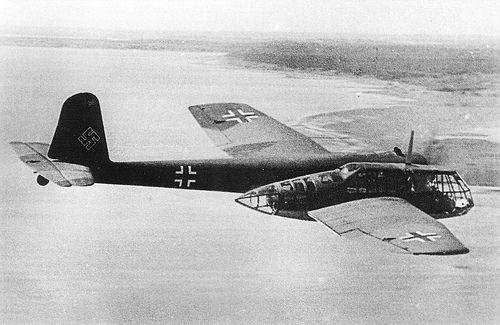
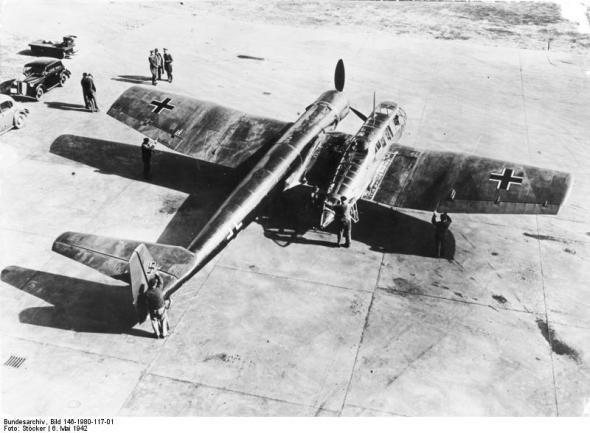
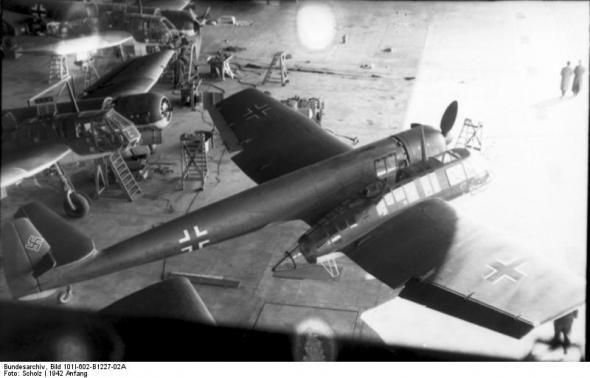
That there are many explanations, and one of them is that the level of tasks and flights of fancy design (especially promising) German engineers of that time simply did not have analogues. What in other countries was seen only as an interesting project, the Germans managed to not use the practice. This was highlighted in the aviation industry.


Among the most unusual layouts, ever seen in the history of aviation conscious, perhaps, one of the most original was a short-range reconnaissance / spotter asymmetrical design VV.141 Dr. Richard Vogt

B early 1937 RLM (Reichsluftfahrt Ministerium) issue the companies Arado and Focke-Wulf on the short-range reconnaissance / light bomber / spotter that can perform the task light attack and director dymzaves. In setting determines the crew of three, all-round visibility for the crew and engine power 850-900 hp for takeoff. From the outset, the Technical Department favored Arado, but the result was created Ar.198 bad. Hamburger flyugtsoygbau was not included in the RLM list of participants, but the engineer Richard Vogt, who had some ideas about this, proposed initiative project.

The technical department is not connected with the project, you must install one engine, but for tactical reasons, it was clear that the army plane hardly had to be designed with a large number of motors. Vogt decided that the only way to ensure all-round visibility with a single-engine airplane - apply asymmetrical arrangement in which the crew is placed in a glazed gondola right. He also believed that the asymmetric scheme will get rid of the torque screw - perennial headache for the design of single-engine airplanes.







